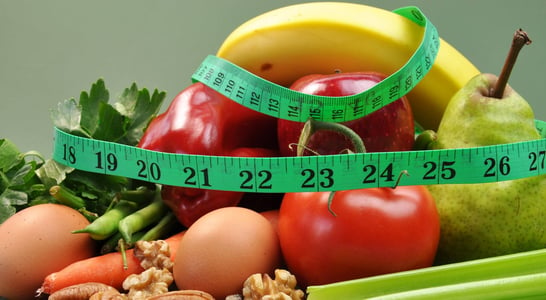
National Caffeine Awareness Month
Ever noticed how that morning buzz isn't just in coffee? It's in tea, soda, even some chocolates - caffeine's everywhere!
Do you start your day with a cup of coffee? Need that candy bar in the middle of the day? It could be that you are using caffeine as an energy boost. National Caffeine Awareness Month is a great time to get the low down on exactly how much caffeine you are consuming in a day and if that is having any harmful effects on your body. Some uses of caffeine are as an additive to medicine or food so you may not even realize that you are consuming it.
History of National Caffeine Awareness Month
In 2003 the Caffeine Awareness Alliance was formed to advocate for a caffeine-free industry. Their goal is to provide information and resources for everyone in the industry from executives, retailers, and media. It is this organization that has sponsored the creation of National Caffeine Awareness Month. The stated goal for the month is to be a health awareness campaign that can help people to make informed decisions about the consumption of caffeinated products.
There are some facts about caffeine that may come as a surprise to you. There are about 60 different plants that have caffeine in them including cocoa, coffee beans, tea leaves, and kola. This means that you may not always know if there is caffeine in a product because, in the United States, the Federal Food and Drug Administration does not require companies to list the amount of caffeine in the nutritional information.
Some sodas that you would think did not have caffeine in them, actually, do. Sunkist’s Orange, A&W Cream Soda, and most diet drinks. Chocolate is another food that has caffeine in it. Because of this, ice cream that has either chocolate of coffee as a flavor can rack up the amount of caffeine you consume as well. Most surprisingly, you will get caffeine from pain relievers and weight loss pills as well!
How to celebrate National Caffeine Awareness Month
To celebrate National Caffeine Awareness Month, it is the perfect time to do some research into this commonly found stimulant. Learning about what products contain it allows you to make better choices when shopping. For some people, the effects of caffeine are prominent and troublesome. Some of the effects are trouble sleeping, nervousness, shaking and increased heart rate. The amount of caffeine needed to cause this differs from person to person.
The commonly held safe amount of caffeine consumed in a day is 400mg. That is equal to about 10 cans of soda, 5 cups of coffee or 2 energy drinks. It is possible to use the internet to find charts of what products contain caffeine and the estimated amounts. This can be helpful in tracking the amount of caffeine that you consume and help you stay away from some products if needed. Activities such as brisk walking, running or other forms of working out will let the body release chemicals that can lift your mood and increase energy. Changing what drinks you have during the day can help alleviate the effects of caffeine. Use National Caffeine Awareness Month to learn all you can about this stimulant and how it is working in your life.
Also in ...
View all holidaysNational Barista Day
They create magic in a cup, transforming simple beans into a delicious pick-me-up. From latte art to custom blends, they're the coffee wizards!
Share a Smile Day
Spreading happiness with a simple, friendly expression, lighting up someone's day with warmth and positivity.
National Minnesota Day
A land of lakes, forests, and vibrant cities, offering outdoor adventures, cultural delights, and a friendly spirit that's uniquely its own.
We think you may also like...
International No Diet Day
Drop your rules and restrictions around eating and join a movement of no-shaming body positivity and health-focused education on International No Diet day.
National Food Day
Eating well doesn't have to be boring or restrictive — fuel your body with nutrient-dense foods that energize and nourish you.








